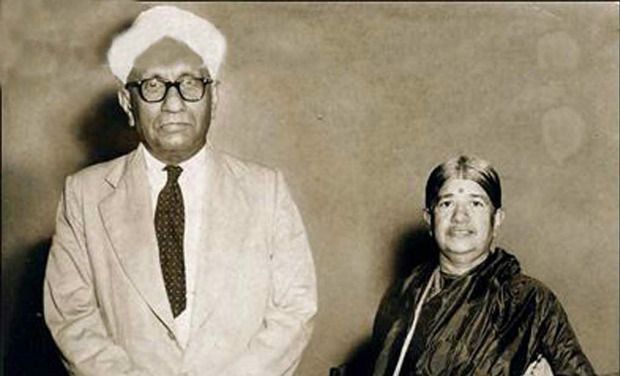Behind every successful Man there is a Woman- Wife Effect of CV Raman
 C.V. Raman and Lokasundari Ammal
C.V. Raman and Lokasundari Ammal
Lokasundari Ammal, was born in Madurai but raised in Madras, Tamil Nadu. The marriage of CV Raman with Lokasundari was an intersectal alliance. At the time of marriage, Raman was 19 and the bride 14.
Post marriage, the job takes the couple to Calcutta, Nagpur, Rangoon and many other places, but for Raman the government job was a means to an end. He finds a university lab wherever he can, and is untiring in pursuing his passion after office hours. He doesn’t worry how his wife runs the house or handles the shift to new cities where language is a barrier. Once when Lokasundari makes a sarcastic remark, Raman says "I know you would do an excellent job of it. Why should two people waste time on the same problem?"
Once the street in Kalitola where they live in Calcutta is flooded and Raman is rants and raves about going to work but does nothing to help himself; she quickly grabs two stools and makes Raman walk on the improvised bridge, herself wading through the water, changing the position of the stools until he reaches high ground.
Lokasundari was a remarkable woman with an acerbic wit, a complete match for her husband. Raman was, as the legend goes, confident enough to predict and book tickets in advance for his Nobel Prize.
Raman pursued science to the last. In his later years he worked on flowers and started claiming that he deserved a second Nobel. His wife, had the perfect answer. She replied, "With one Nobel you were intolerable, with two you would be insufferable."
These women understood the men and yet had wonderful lives of their own. The men made history but few talk of the way the women helped them make it. It is always the great man and his unknown wife. There is a silence about women, their achievements, their narratives. The story focuses on the man, the woman becoming an annex to the imagination.